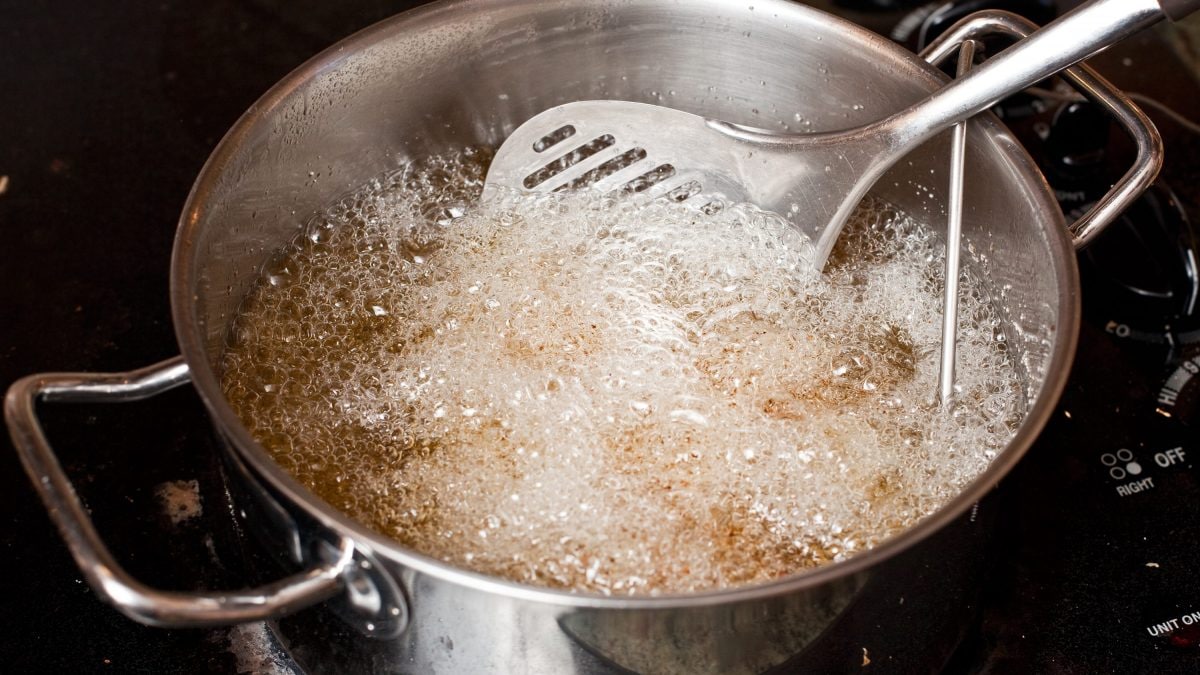
Fried food is a gift from the gods: crispy on the outside, gooey on the inside, perfect for any day. It's the ultimate comfort food, capable of lifting spirits and satisfying cravings with a single bite. However, as anyone who has ever tried their hand at frying knows, achieving that golden perfection is no small feat. Have you ever found yourself with soggy, unsatisfying fried stuff when making it at home? The culprit is often the oil temperature. Let's dive into why frying with oil that's not hot enough is a culinary faux pas you want to avoid.
Why Oil Temperature Matters
When you drop food into oil that isn't hot enough, a series of unfortunate events unfolds. Instead of creating a crisp, protective crust, the food absorbs the oil like a sponge. This results in a greasy, soggy exterior that is far from appetizing. The key to perfect frying is in the science: hot oil rapidly seals the surface of the food, locking in moisture and preventing oil from soaking in. If the oil isn't hot enough, this sealing process doesn't happen, and you end up with a soggy mess.

How Does Cold Oil Ruin Your Fried Foods?
Using oil that's not hot enough also means your food will take longer to cook. While this might not sound like a big deal, it has significant consequences. Prolonged cooking times can lead to overcooked, dry interiors and overly greasy exteriors. The ideal fried food is a delicate balance of textures, with a crisp outside and a tender, moist inside. Cold oil tips the scales, leaving you with a sad, greasy dish that no amount of seasoning can save.
Not Hot Enough Oil Also Means Less Flavor
Temperature affects not just the texture but also the flavor of your fried food. Hot oil enhances the natural flavors of the ingredients, creating a rich, delicious taste. In contrast, frying at lower temperatures can cause the food to absorb too much oil, resulting in a heavy, oily flavor that overwhelms the dish. This excess oil can also carry unwanted flavors, especially if the oil has been used multiple times or isn't fresh. The result? A fried food experience that's more ‘meh' than mouthwatering.

What is The Perfect Temperature for Oil?
So, what temperature should your oil be? Generally, the sweet spot for most frying tasks is between 350°F to 375°F (175°C to 190°C). However, this can vary depending on what you're cooking. For example, delicate foods like fish benefit from a lower temperature to avoid overcooking, while denser items like fried chicken thrive in hotter oil to ensure they cook through properly. Investing in a good kitchen thermometer can help you maintain the perfect frying temperature and achieve consistently delicious results.
;Resize,width=767;)
